I’m a bit of a minimalist, and try to keep my luggage as light as possible. Luggage tends to sit pretty high up on the bike, raising its centre of gravity. This results in worse handling on the trail and, due to the longer lever from the COG to the ground, more energy required to pick up the bike after a tumble. Either way, tackling boulder strewn riverbeds or technical trails is much more enjoyable with a lighter bike.
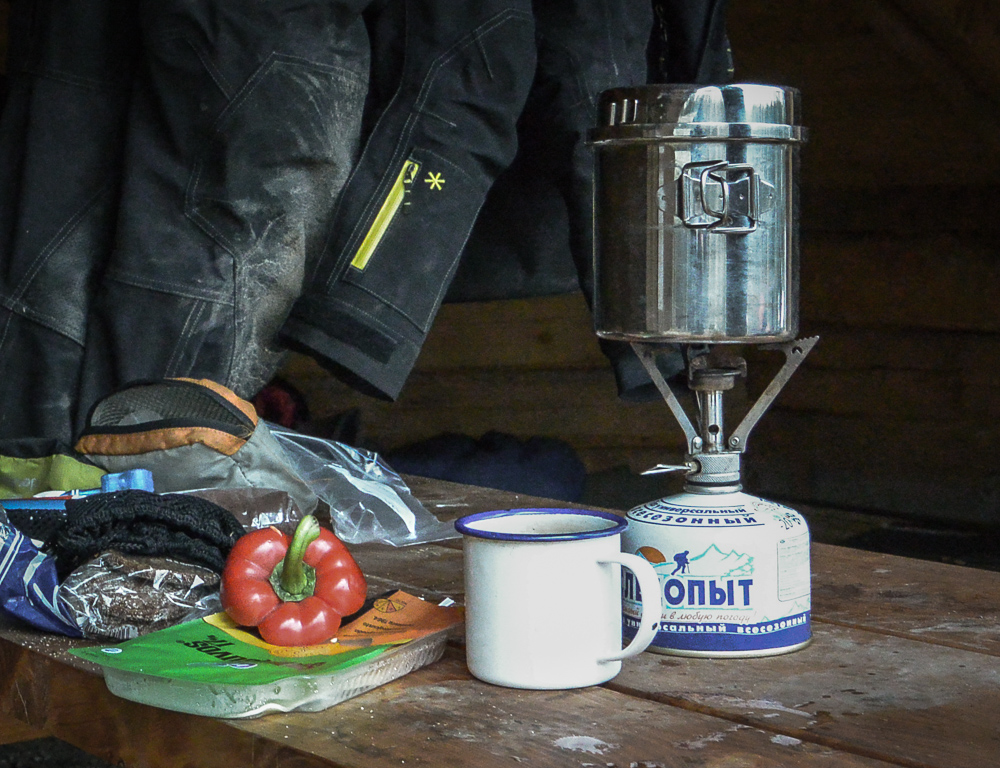
I don’t bother cooking much while camping. I mostly use my stove and pot for coffee in the morning. If I’m cooking supper, the usual fare is pasta with some canned ratatouille, goulash or tomato sauce with maybe some form of sausage or tuna for flavour. Anything that can be cooked in a single pot.
So my cooking gear typically consists of a tiny liquid gas stove, a gas canister and two lighters, which all fit inside my one litre stainless steel soloist pot. I don’t carry a plate, and instead eat directly out of the pot with my trusty titanium spoon, while sipping a fine red from a faux soviet enamelled metal mug. Obviously the wine part is not true. I’d never carry a glass bottle.
STOVES
Stoves can be grouped by their fuel types, which are pressurised petroleum, liquified gas and alcohol. They all have their pros and cons in adventure riding, especially if keeping light.
The downside of gas stoves are canister availability and cold performance. During Eastern Dirt 14 I started off with a full 230 g canister and bought another one in Novosibirsk. The second one was half full when I got back so during the seven weeks we used a canister and a half, or 350 g, of gas. Anyhow, they are widely available in larger cities. Cold performance is dependant on fuel type and canister temperature. The route of the adventure dictates what is available, so being picky with fuel type is not an option and you use what you get. To make sure the stove works when it’s close to freezing or colder at night I usually keep the canister in my sleeping bag and then insulate it from the ground during use.
Pocket Rocket: 85 g, full gas canister: 370 g, total 455 g
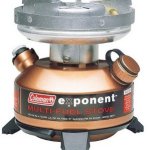
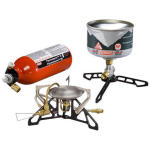
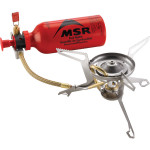
The down side is that they are heavy, messy and flame control can be a little tricky. If you use gasoline for preheating the stove, the vaporiser tube and pot supports gather a lot of soot, which will in turn be transferred to anything it touches. MSR stoves have separate fuel bottles, and while it makes them easier to pack and service, detaching the bottle from the burner leaves fuel in the burner tubes, which needs to be drained before packing. Coleman carries models with an integrated fuel container, negating the problem.
Storing the stove in cookware or inside luggage is not advisable due to risk of contamination by fuel. Some petroleum stoves can also be used with gas canisters, but that seems counter-productive in terms of having minimal luggage. Pressurised petroleum stoves require more maintenance as they can clog up. Compared to any other stove type, they have more moving parts which are potential fail points.
I would probably take my MSR Whisperlite along on the adventure if gas canisters were not available or the conditions were extremely cold.
MSR Whisperlite: 305 g, fuel bottle 80 g, fuel 250 g, total 635 g
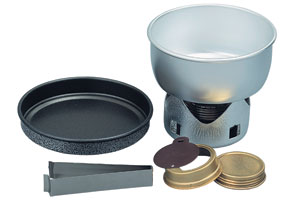
Mini Trangia: 330 g, fuel bottle 80 g, fuel 300 g, total 710 g (including pot and pan)
CUPS, POTS AND CUTLERY
I carry one pot. A stainless steel relic, I’ve had for over a decade. Today my choice for material would be uncoated titanium. I like to keep the stove and canister inside the pot, which makes any kind of non-stick coating a short lived feature when riding. I prefer tall and narrow pots, because they are designed to fit the stove and gas canister inside snugly. The low and wide pots are more energy efficient though. Especially if they have a heat exchanger, like the Primus ETA. The downside with pots with heat exchangers is that they are heavier and can be tricky to place on the stove.
Integrated folding handles can get hot during cooking, but you can never lose them or have to look for them as opposed to clamp handles. Having draining holes on the lid are very handy, if cooking pasta.
I think the ultimate pot would be something like the Snow Peak Ti-Mini Solo, were it equipped for the 230 g canister instead of the 110 g. It has all the required features and even a cup that slides to the bottom of the pot like a sleeve. Design poetry.
I carry a single spoon, don’t like sporks and find camping cutlery sets too extensive. My MSR Titan Tool spoon does it all and is light and handy for servicing the Whisperlite stove. To be honest, I don’t find a titanium spoon absolutely necessary and only have it because I found it on sale somewhere. I do prefer a metal spoon though, as it’s more hygienic than plastic and will not melt if left in the pot during cooking or touched by a naked flame. Metal is also more durable and will not break as easily as hard plastic. Some metal spoons can even be bent back into shape without breaking.
My cup is a classic white enamelled metal mug with a blue strip on the rim. It is the one thing where I’ve sacrificed weight and space over experience. A light folding rubber cup would be the logical choice, but I can’t bring myself to use them.
The thing is that Finns consume more coffee per capita than anyone else on the planet. We take it pretty seriously and I prefer to drink mine out of a mug in the morning. Not just any mug either, but something robust and solid. Something you can trust to hold the true black gold. Hence the enamelled mug.
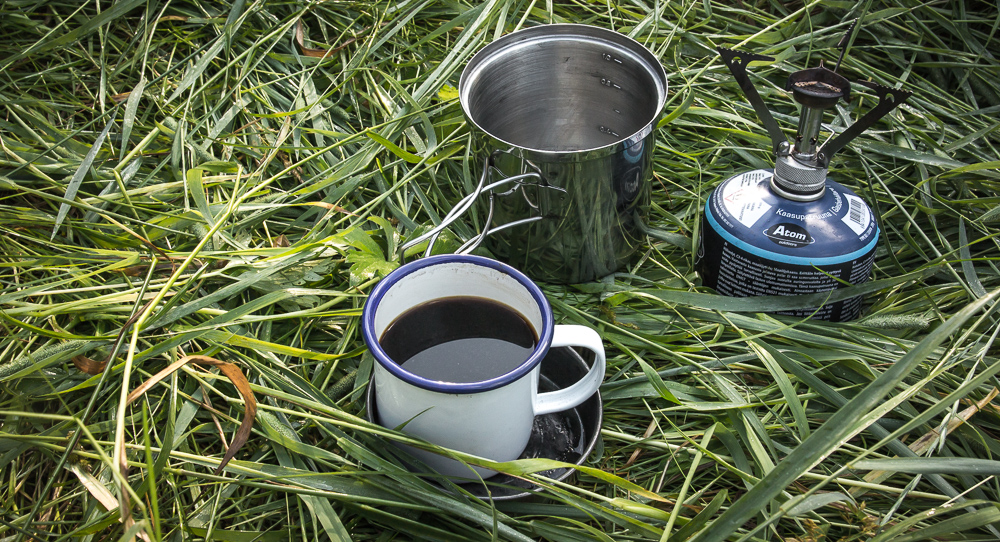
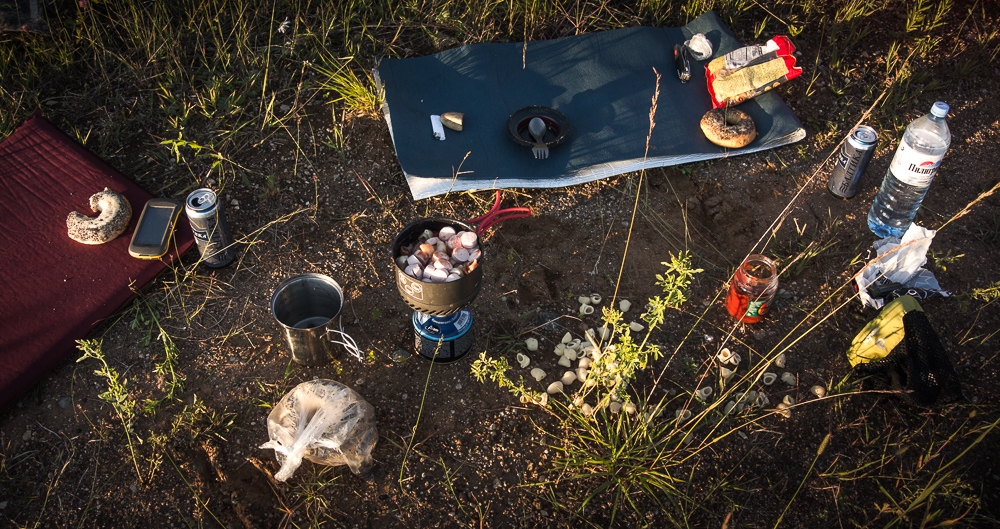
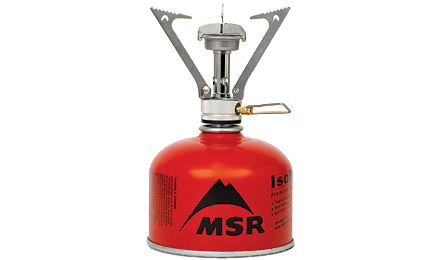
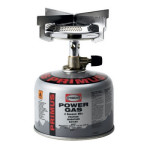
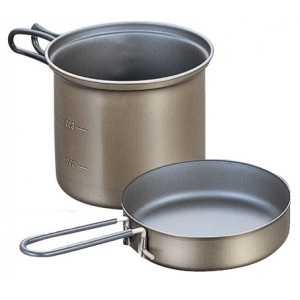
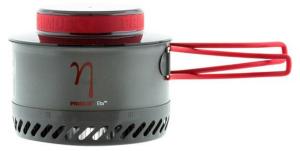
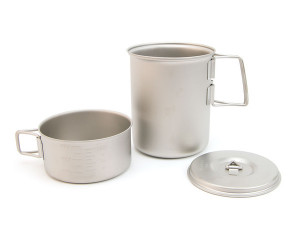
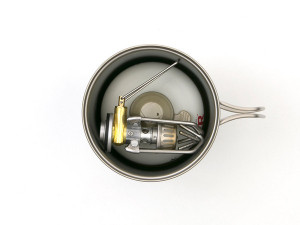
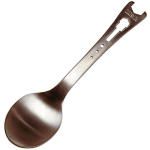
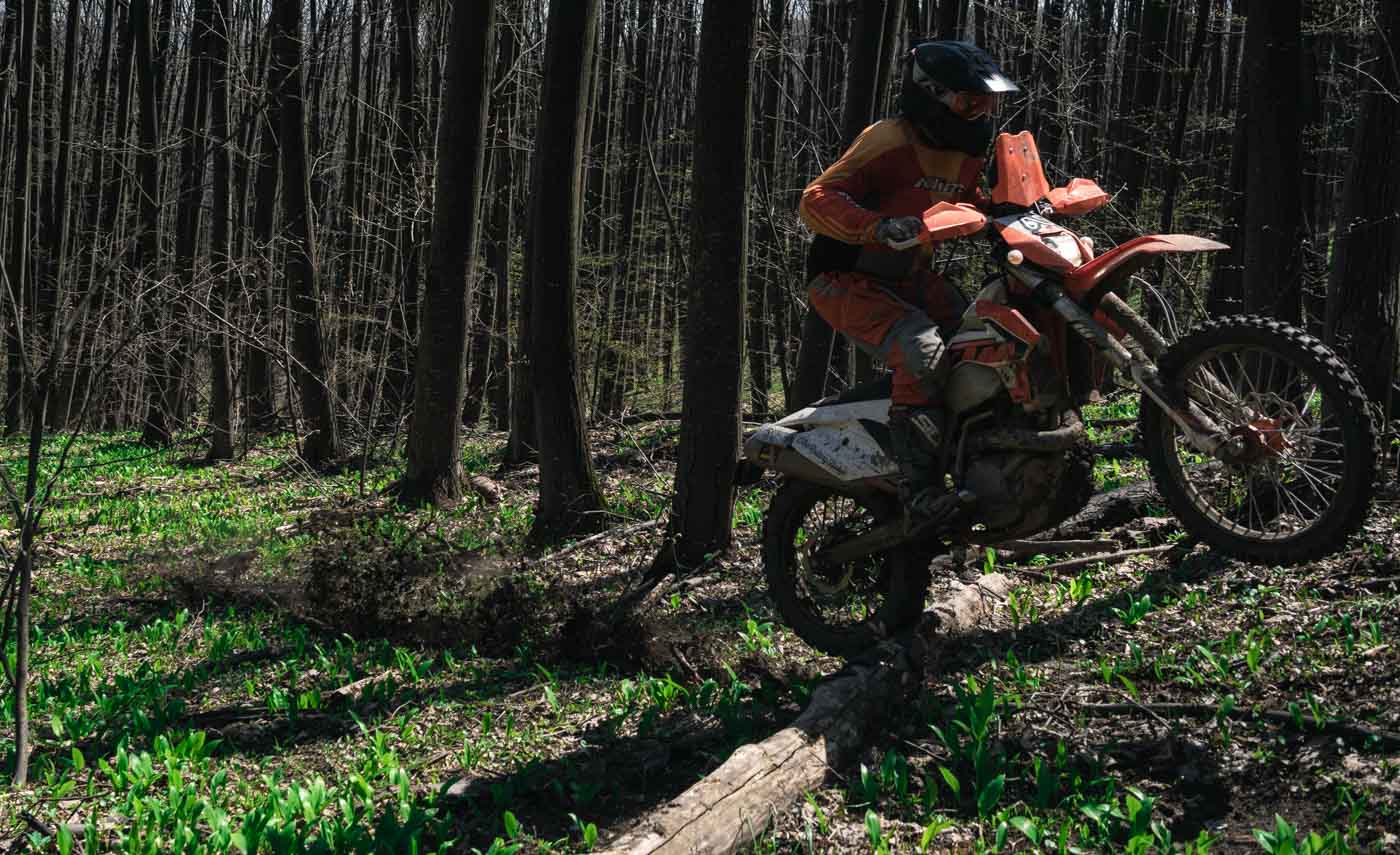
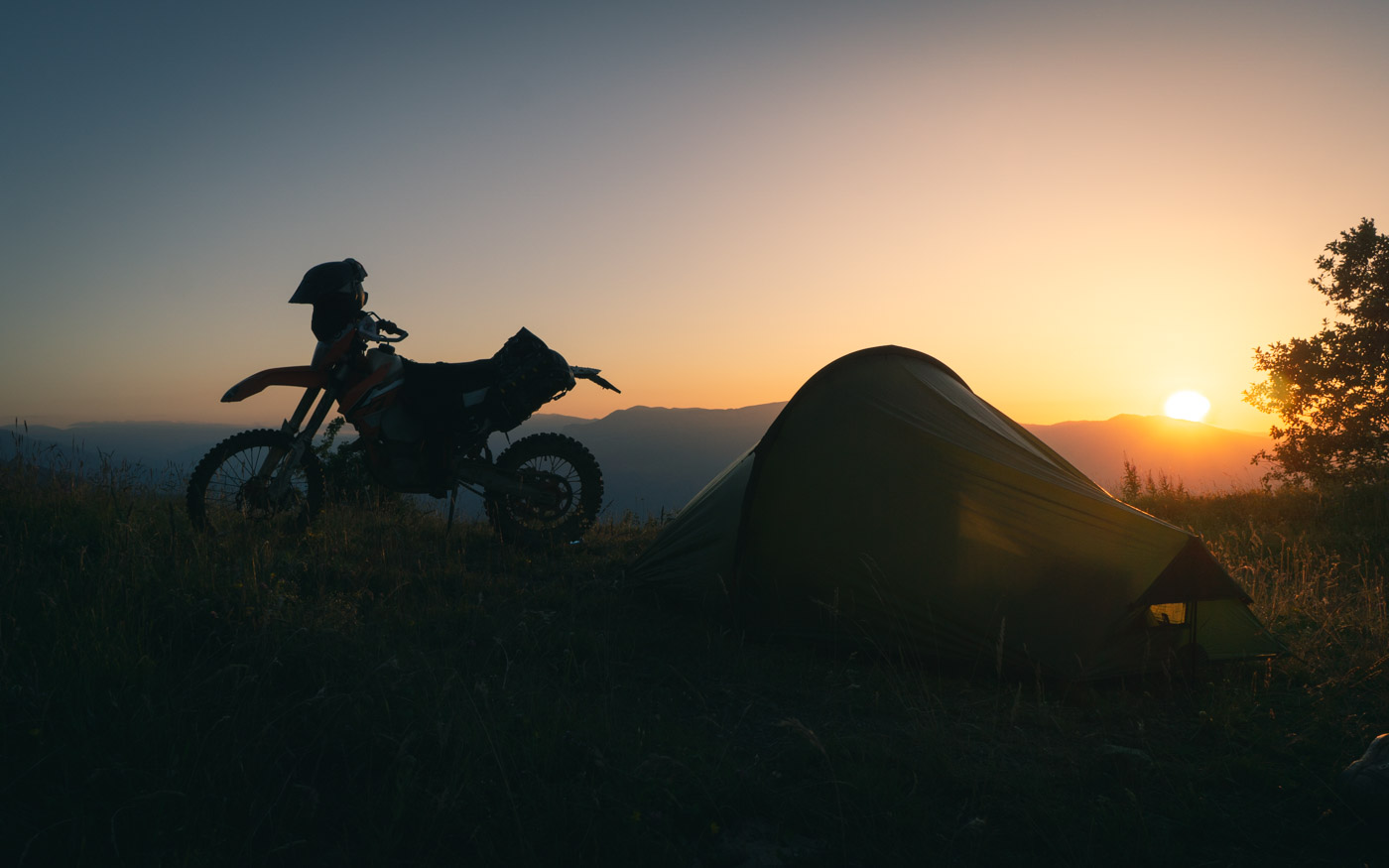
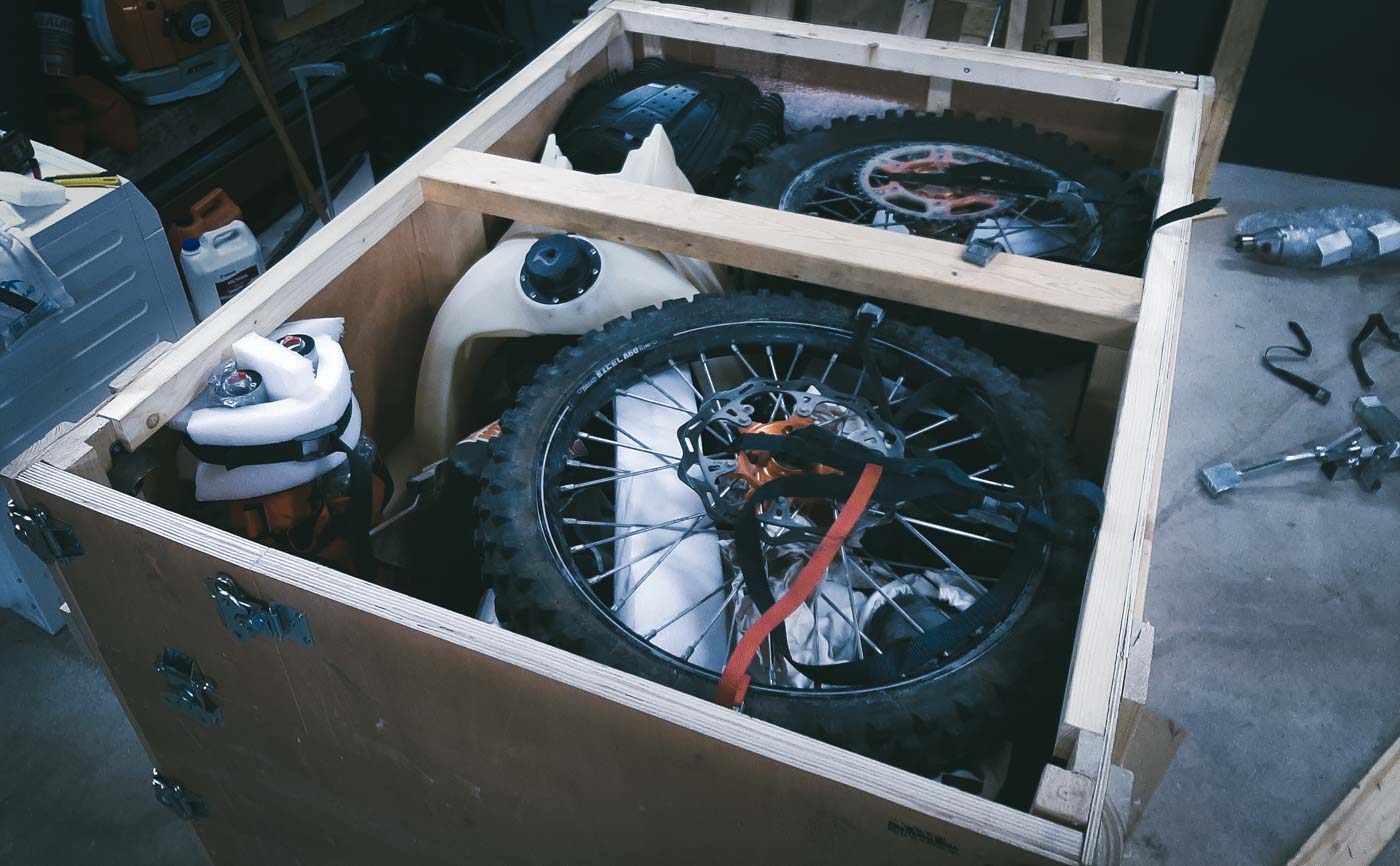
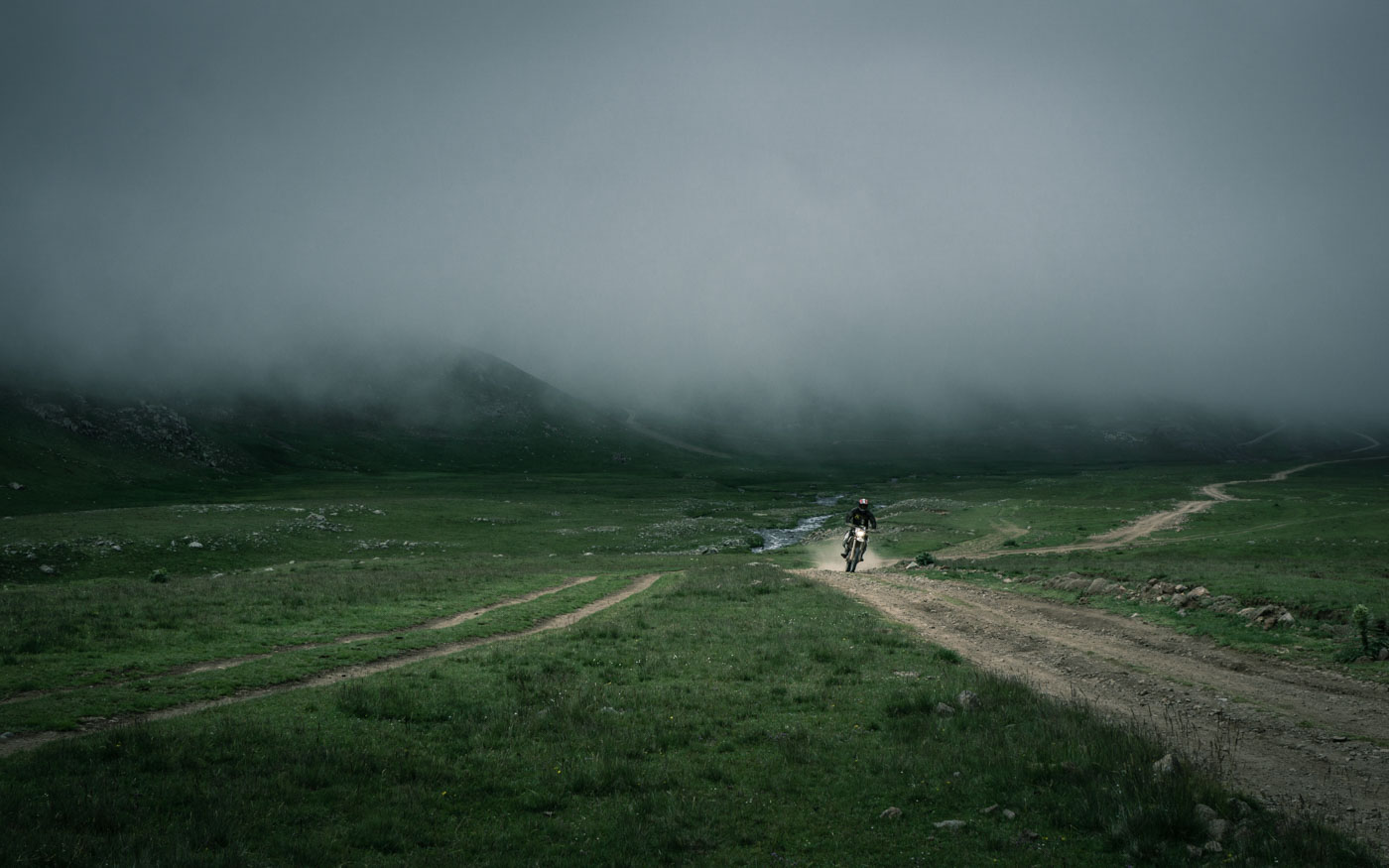
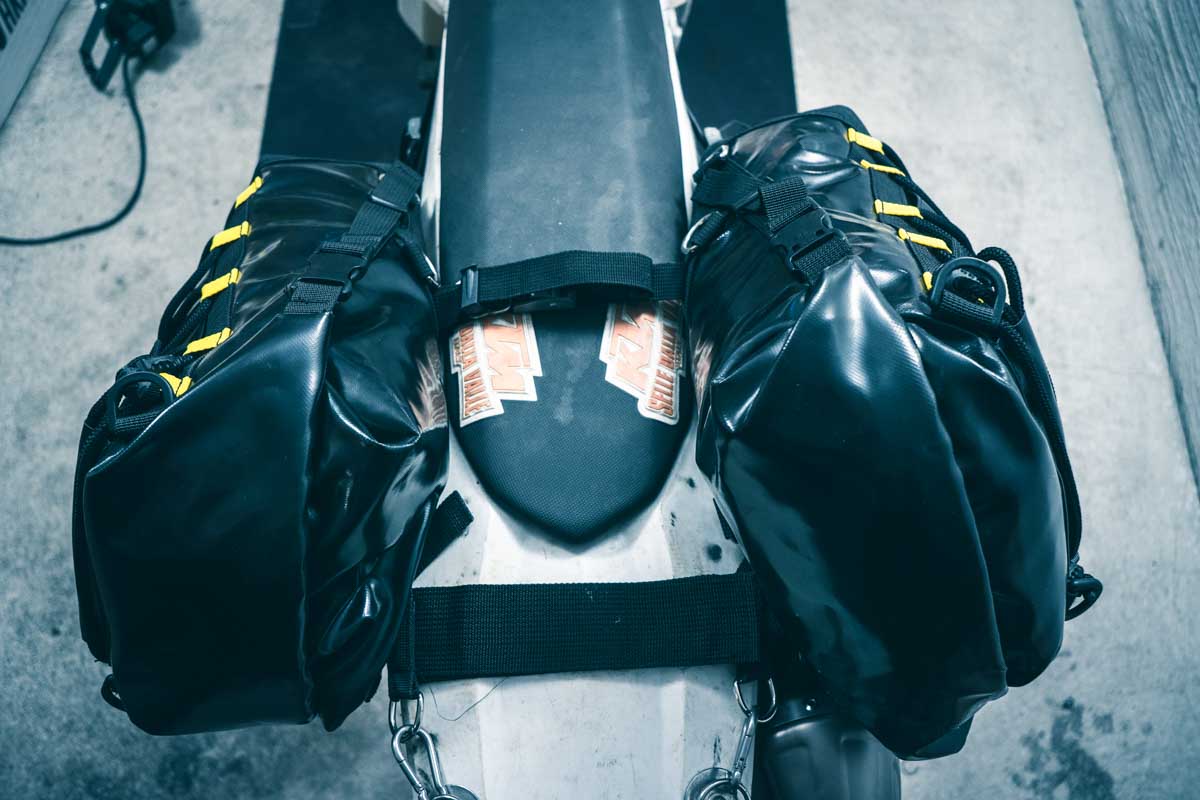
hi there
i agree with all of what you wrote.
btw good writing, not to forget the the fantastic fotos in your blog!!!
thanks for sharing and making me want to go riding 🙂
i usually use a gas stove but i also own a biolite camp stove.
the biolite is very, very nice. it works with wood better said with twigs. there is a bbq “extension” AND one can charge it`s devices like phone or laptop while cooking!!!
it`s not very heavy and needs about the space of a drinking bottle.
check it out and let me know what you think about the product and the idea behind it.
cheers rene
I did look into wood stoves, but dismissed them due to weight and ease of use. I hadn’t seen the Biolite though, and it looks pretty amazing, thanks for the tip! I think it would be a pretty perfect stove for hiking somewhere, where you don’t have access to electricity and have plenty of wood.
As for use in ultralight adventure riding, it is pretty heavy compared to a gas stove and canister and electricity is available on the bike anyway. It also needs quite a bit of time and effort to get it hot and back cold and packed again. I mostly use my stove for boiling water for coffee, so for me that it’s a little too much work in the morning. The good thing is that fuel is light and available almost everywhere. Like I said, a perfect stove for hiking!
Olicamp Ion Micro Titanium Stove, google it, you’ll understand why
best stove i ever had, and what you want to hear 45grams, and a quarter of the size of a whisperlite
Hiya Paul, thanks for the tip! The Olicamp stove looks really interesting. I have a Snowpeak titanium pot which probably has the same sizing as the Olicamp pot, so I’d imagine the Ion and gas cartridge would fit in there, which would be perfect. And you can’t beat 45 g 😉
[…] amusing to look back now at the articles I wrote in early 2015 on camping gear and the mobile kitchen. My “ultralight” camping setup weighed around 4.5 kg at the time and probably took […]